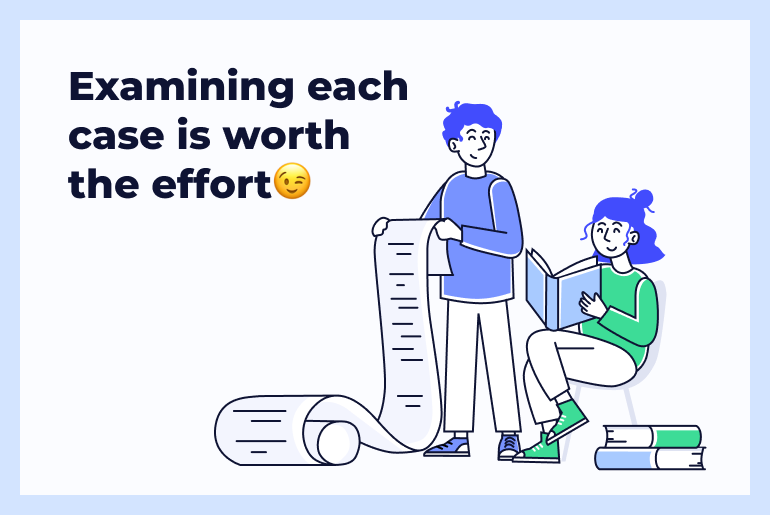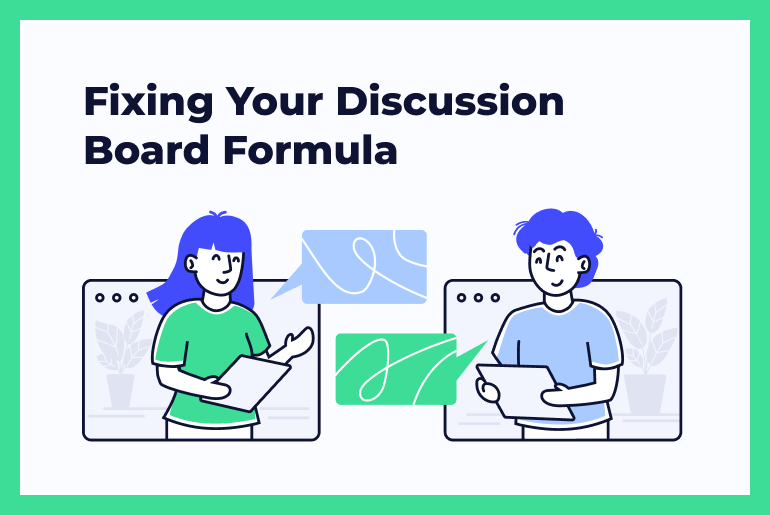Five years ago, “gamification” was the hottest buzzword in marketing and e-commerce. Retailers were encouraged to incorporate game-like structures, such as consumer competition, scoreboards, and prizes into their product strategy to manifest an increase in conversion rate and a spike in return rates and customer loyalty. Gaming was a “new” way to attract customers to shop again and again by utilizing components most of us grew up with playing board games (or on the original game consoles like Atari and Nintendo). Online start-ups like ModCloth.com used gamification strategy to launch features like Be the Buyer where customers can vote and comment on clothing samples in order to put them into production, a unique concept relying on gaming elements that helped grow ModCloth’s business to $100 million a year.
It’s rare that marketing and retail concepts overlap with teaching strategies, but gamification is made up of elements that can be easily adapted to the classroom (plus, the intricacies of game theory were sussed out in academia before ever being picked up by Silicon Valley). In addition, university and high school students are the perfect audience for this approach, having grown up familiar with game theory from the time they were toddlers (whether they are aware of it or not).
How Can I Get Started with Gaming in My Classroom?
The easiest way to incorporate game theory into your lesson plans is to break it down into its basic components:
- rules of play
- point scoring
- competition
- score boards
- and prizes
Figure out a way in which your subject could translate into these components either over the course of a year, semester, a lesson or even one day to introduce a particular element of a subject. Decide what the objective of the game will be; do you want your students to apply what they have learned? To be more motivated to do well on tests or quizzes? To understand and apply a lesson? Once you have a sense of what it is you hope to achieve with a game, the rest is easy!
Benefits of Gaming
- Opportunities for Low-Risk Engagement. Even your most timid, non-athletic and inexperienced students will be familiar with some aspect of gaming, and this structure will give them an opportunity to interact with their classmates and the lesson in more passive ways. Make sure there are ways to “score” that don’t involve out-loud participation.
- Provides Motivation Beyond “Getting Good Grades.” Students who aren’t able to earn the highest marks in typical academic structures will have an opportunity to “win” in new ways that will re-ignite their interest and spirit. Even students who are used to earning high marks will be re-invigorated by a new challenge.
- Encourages Classmates to Act as a Team. If your game involves teams, students who might normally never interact will have a reason to communicate and root for one another.
- Students Are More Likely to Retain Content. Studies have shown that those who apply content are more likely to retain it for future use. Using gaming methods in your classroom could be much more effective than the traditional lecture.
Best In-Classroom and Online Games for Your Class
Academic-Based Weekly or Daily Success-Oriented Team Games. Set up a scoreboard where students can see their progress and track points for each randomly-assigned team during the day or week. Team members can earn points by answering lecture questions correctly, scoring high on tests and quizzes, completing bonus questions, and more. At the end of the game, the winning team wins a small prize. The key is to make the prize something that college students actually want (you could even take a survey of preferred prizes on the first day of class). The fact that the game resets often will give more students the chance to win, and give you the chance to change the rules often enough to allow for different students to win at least once.
There are lots of online games and resources that can serve as effective tools for teachers to get students to engage with material even when class is over. There are many tools and apps that already exist to help teachers online, such as Kahoot!, which is an online quizzing platform designed like a gameshow. As a bonus, encourage your students to get involved with Givling, an innovative online game that uses crowdsourcing to help fund student loans for lucky members. Apps like f.lux, Focus Booster and (my personal favorite) UnStuck will help your students to be more effective in all of their classes, which will not only boost their confidence, but also help them to see you as a mentor.
Did you find our blog post helpful? Feel free to share on Twitter or Facebook by using the super-easy share buttons on the left!





